Curing Hyacinths: When To Dig Up Hyacinth Bulbs For Storing


A potted hyacinth is one of the most popular spring gifts. When its bulbs are forced, it can bloom heartily on your dining room table when ground outside is still covered in snow, providing a very welcome promise of spring to come. Once that hyacinth has bloomed, however, don’t throw it away! With just a little effort, you can turn that one-time gift into a staple of your house or garden that will bloom year after year. Keep reading to learn about hyacinth bulb curing and storing hyacinth bulbs.
When to Dig Up Hyacinth Bulbs for Storing
It’s important not to dig up your hyacinth bulbs at the wrong time, or else your bulbs may not have enough energy to sprout. Once the blooms have passed, cut off the blossom stalk to keep the plant from wasting energy on seed production. Keep the leaves and continue to water them as usual-- the leaves are essential for storing up energy in the bulb. When the leaves start to brown, reduce your watering by half. Only when the leaves have died completely should you stop watering. When the soil has dried out, carefully dig up the bulb and remove the dead foliage. Curing hyacinths is very easy. Lay the bulbs out on a newspaper in a cool, dark place for three days. After that, store them in a cool, dark location in a mesh bag. They’re now ready to be planted in your garden in the autumn or forced indoors in late winter.
How to Cure Hyacinth Bulbs
If your hyacinths are growing outdoors, there’s no real reason to dig them up and cure them-- they’ll come back naturally in the spring. However, if you want to move them to a new spot, there’s no reason you can’t. While your hyacinths are still above ground, mark their exact spot with a stake-- once they die back, it will be very hard to find the bulbs. In autumn, carefully dig up the bulbs and lay them out on newspaper, then store them in a mesh bag. The process of curing hyacinths is just the same as with forced bulbs. They’re now ready to plant or force as you choose.
Gardening tips, videos, info and more delivered right to your inbox!
Sign up for the Gardening Know How newsletter today and receive a free copy of our e-book "How to Grow Delicious Tomatoes".

The only child of a horticulturist and an English teacher, Liz Baessler was destined to become a gardening editor. She has been with Gardening Know how since 2015, and a Senior Editor since 2020. She holds a BA in English from Brandeis University and an MA in English from the University of Geneva, Switzerland. After years of gardening in containers and community garden plots, she finally has a backyard of her own, which she is systematically filling with vegetables and flowers.
-
 Looking For Plants To Give You The Soft And Fuzzies? Try These 5 Fuzzy Leaf Plant Options
Looking For Plants To Give You The Soft And Fuzzies? Try These 5 Fuzzy Leaf Plant OptionsLovers of texture, drama, silver foliage and tactile plants will adore these special sensory garden additions. These fuzzy leaf plant options will leave you all aglow
By Susan Albert
-
 Get Ready For A Summer Of Hummers! Grow These Full Sun Hummingbird Plants and Flowers
Get Ready For A Summer Of Hummers! Grow These Full Sun Hummingbird Plants and FlowersIf you’re lucky enough to enjoy a sunny backyard, make sure you are maxing out on your pollinator opportunities and grow these full sun hummingbird plants and flowers
By Tonya Barnett
-
 Hyacinth Bulb Itch – What To Do For Hyacinth Skin Allergy
Hyacinth Bulb Itch – What To Do For Hyacinth Skin AllergyHyacinth is a popular fall planted bulb for cheerful, fragrant spring blooms. These flowers help to drive away winter glooms. Unfortunately, hyacinth irritation can be an issue. Learn more about this skin problem, referred to as hyacinth bulb itch, in the following article.
By Mary Ellen Ellis
-
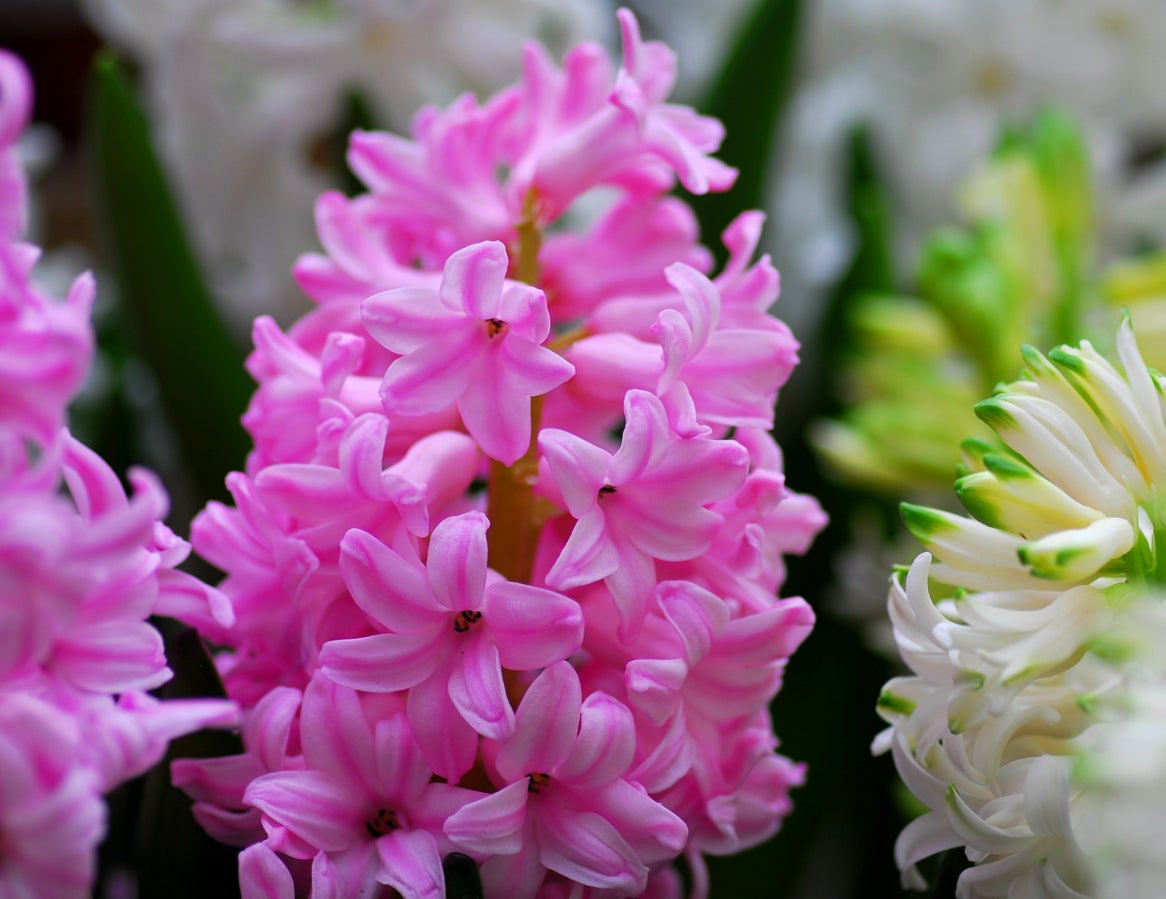 Growing Amethyst Hyacinths: Information On Amethyst Hyacinth Plants
Growing Amethyst Hyacinths: Information On Amethyst Hyacinth PlantsGrowing Amethyst hyacinths (Hyacinthus orientalis ‘Amethyst’) couldn’t be much easier and, once planted, each bulb produces one spiky, sweet-smelling, pinkish-violet bloom every spring, along with seven or eight big, shiny leaves. Learn more in this article.
By Mary H. Dyer
-
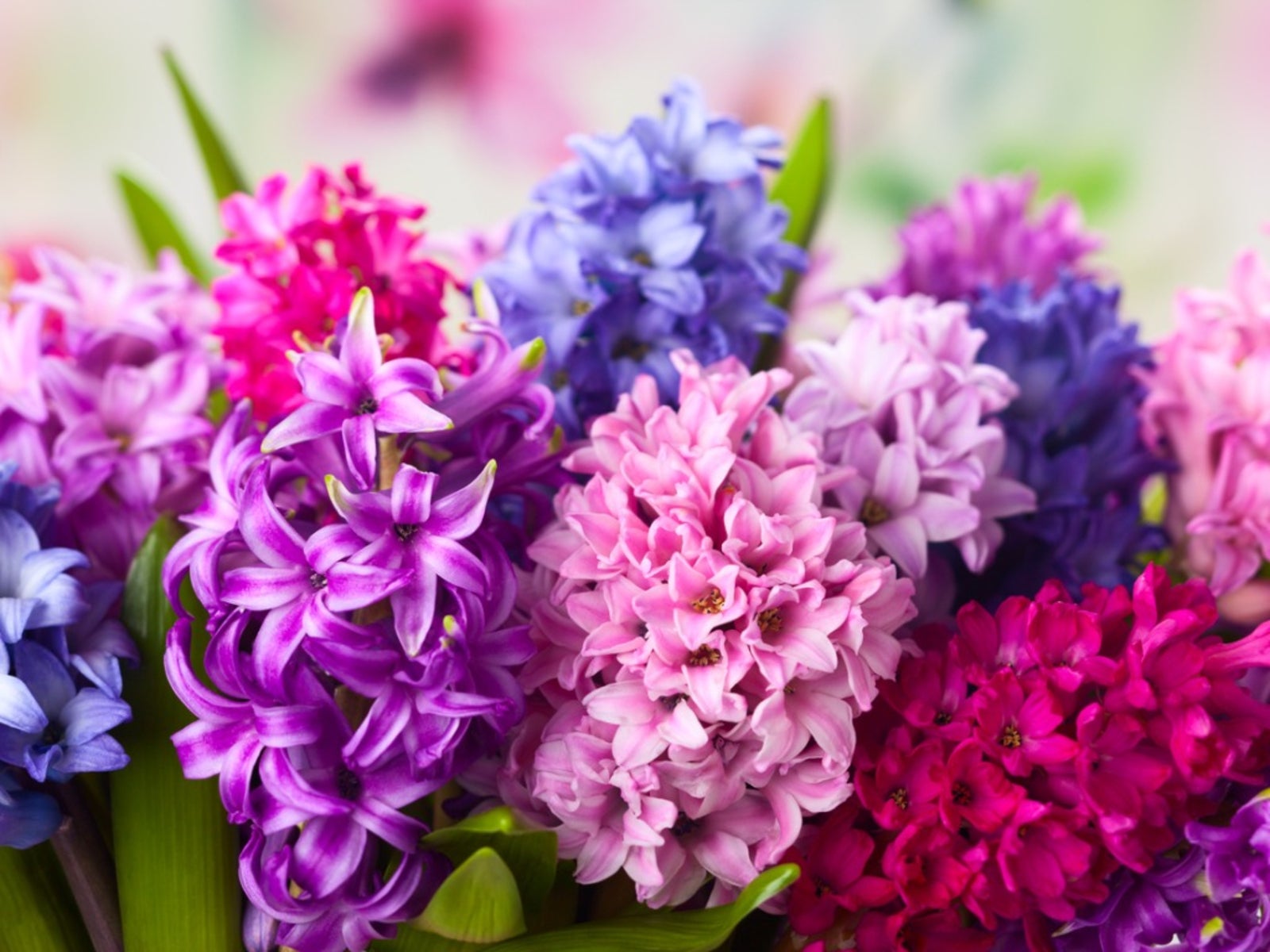 Hyacinth Seed Propagation – How To Grow Hyacinths From Seed
Hyacinth Seed Propagation – How To Grow Hyacinths From SeedAs hyacinth flowers fade and small green seed pods begin to form in their place, you may wonder, can you propagate hyacinth seeds? Click this article to learn about saving hyacinth seed and hyacinth seed propagation.
By Darcy Larum
-
 Propagating Hyacinth Offsets – How To Propagate Bulbs Of Hyacinth
Propagating Hyacinth Offsets – How To Propagate Bulbs Of HyacinthAlthough most gardeners find it easier and faster to purchase hyacinth bulbs, hyacinth propagation by seeds or offset bulbs is easier than you may think. Want to learn more about propagating and growing hyacinth bulbs? Click here.
By Mary H. Dyer
-
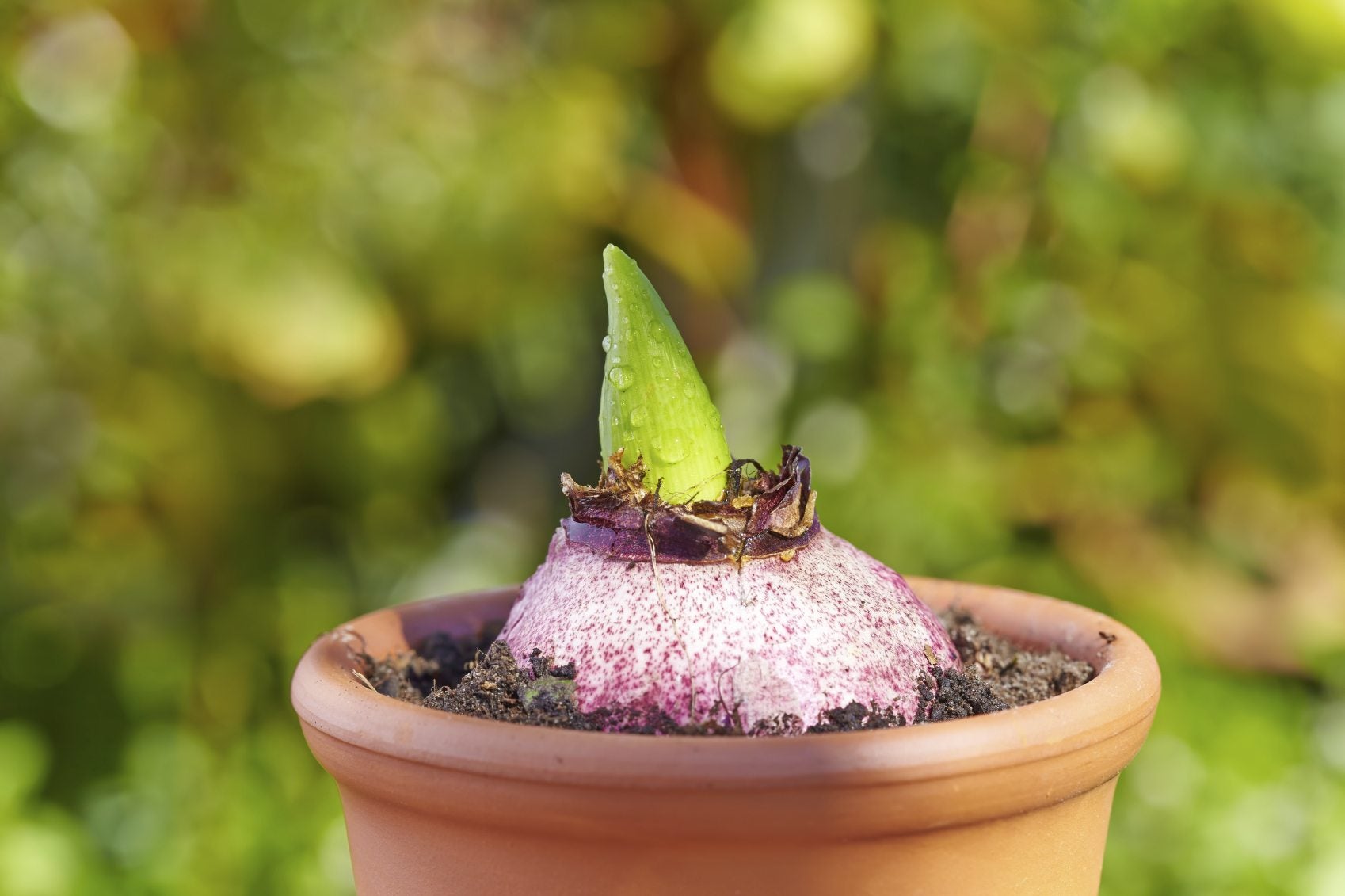 Container Grown Hyacinths: How To Plant Hyacinth Bulbs In Pots
Container Grown Hyacinths: How To Plant Hyacinth Bulbs In PotsHyacinths are famous for their pleasant fragrance. They also grow very well in pots, perfuming a patio, a walkway, or a room in your house. Learn how to plant hyacinth bulbs in pots in this article.
By Liz Baessler
-
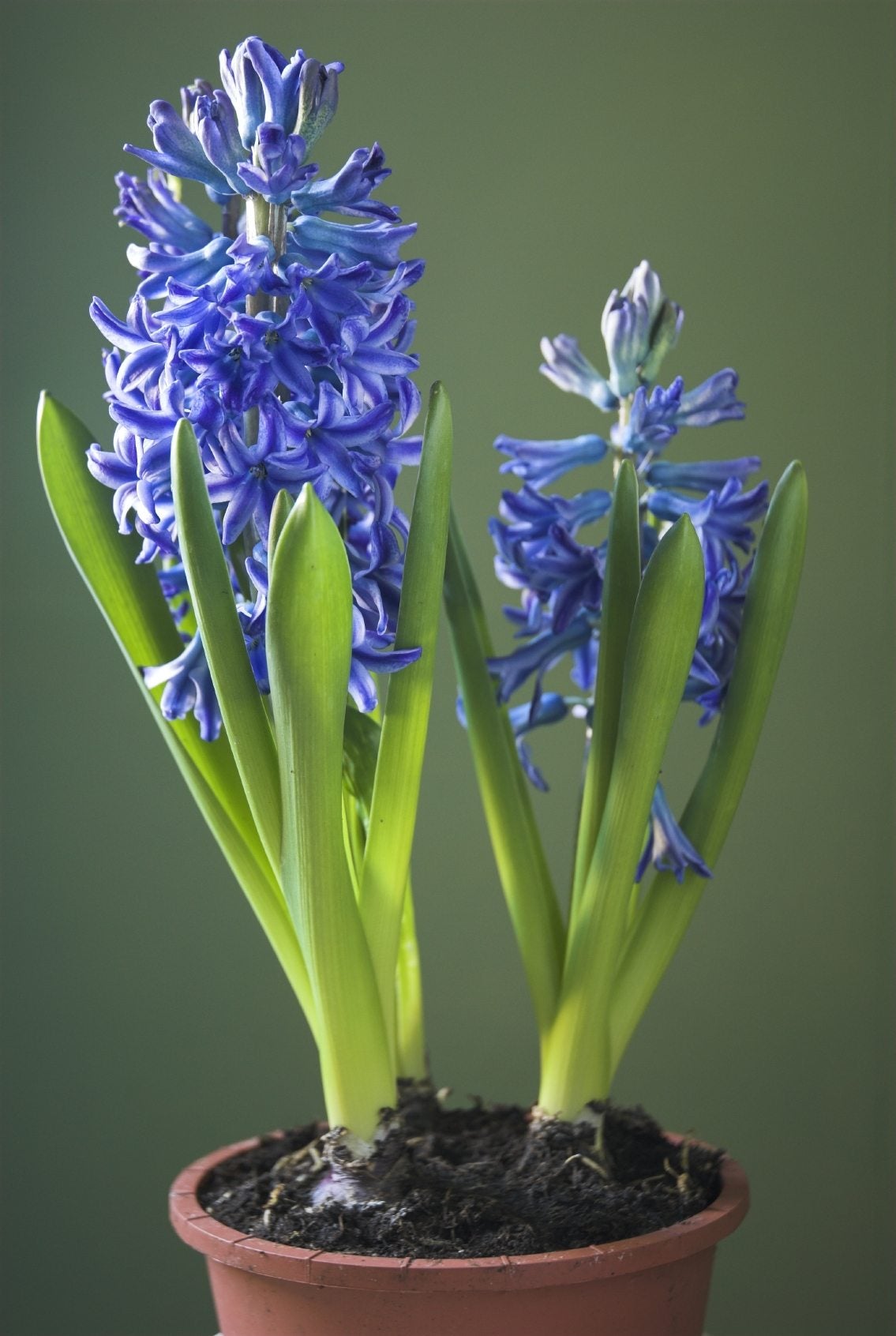 Indoor Hyacinth Care: Caring For Hyacinth Houseplants Post Flowering
Indoor Hyacinth Care: Caring For Hyacinth Houseplants Post FloweringBecause of their attractive flowers and delicious smell, potted hyacinths are a popular gift. Once they?re done blooming, though, don?t rush to throw them away. With a little care, you can keep your indoor hyacinth after blooming. This article will help.
By Liz Baessler
-
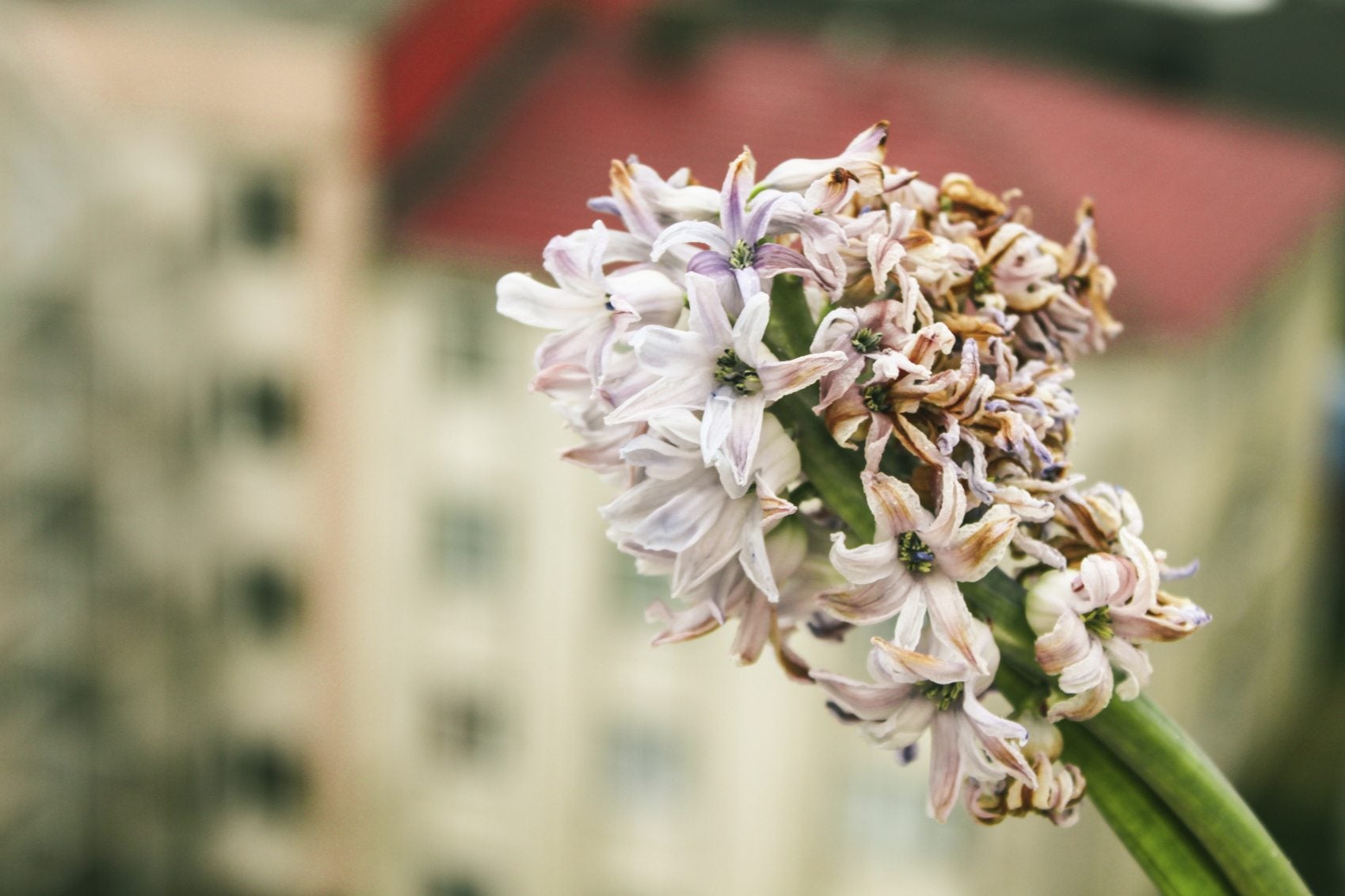 My Hyacinth Is Turning Brown – Caring For Browning Hyacinth Plants
My Hyacinth Is Turning Brown – Caring For Browning Hyacinth PlantsHyacinths make great indoor or outdoor plants and are harbingers of spring, but when they start turning brown, these cheery faces are suddenly a reason for panic. Find out if your hyacinth has a real problem or if it's just going through its normal lifecycle in this article.
By Kristi Waterworth
-
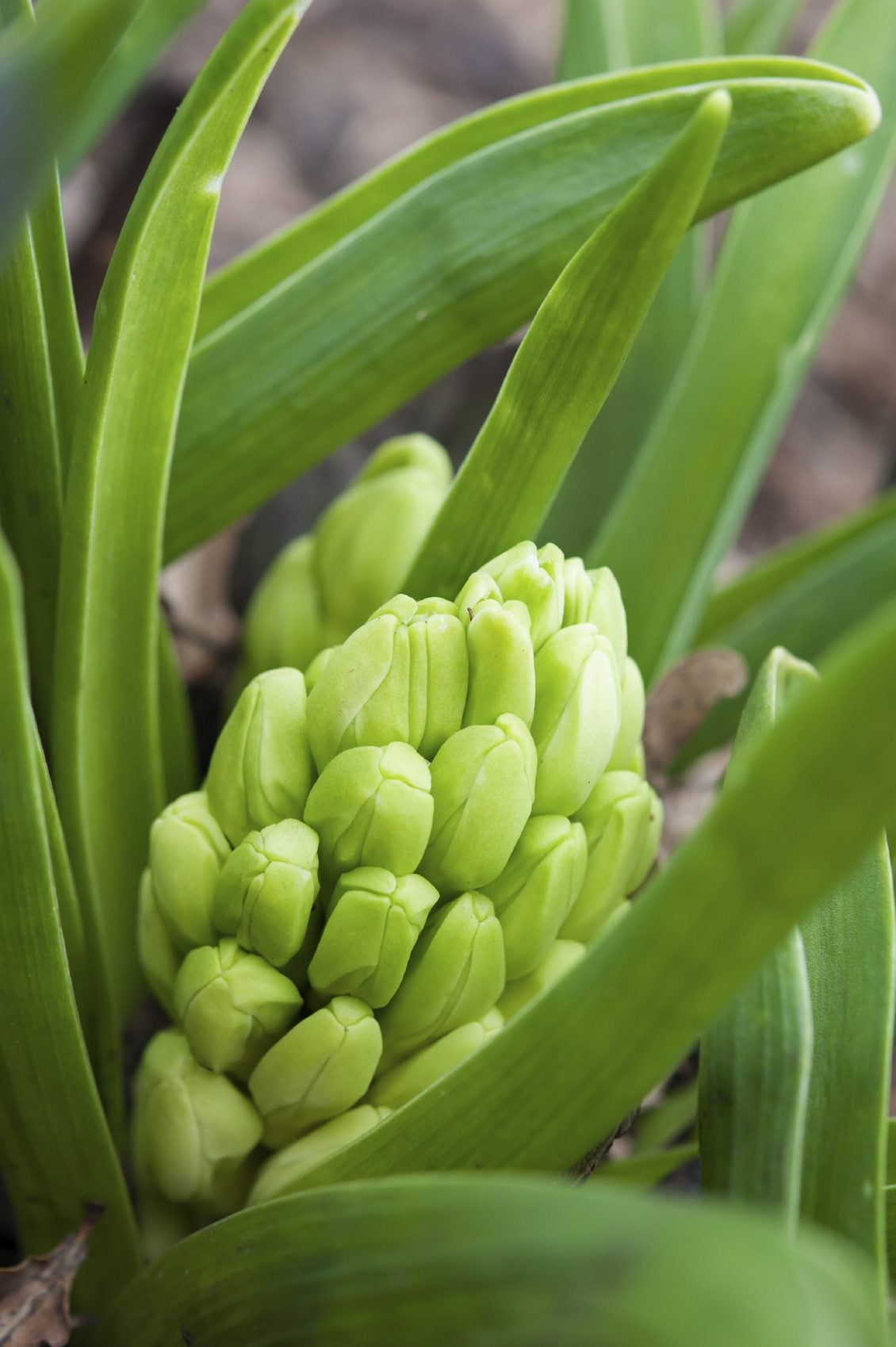 Hyacinth Bud Drop: Why Hyacinth Buds Fall Off
Hyacinth Bud Drop: Why Hyacinth Buds Fall OffBud problems with hyacinth are rare but occasionally these spring bulbs fail to bloom. Finding out why hyacinth buds fall off or, worse, why they never formed buds in the first place, can take some sleuthing. This article will help.
By Bonnie L. Grant